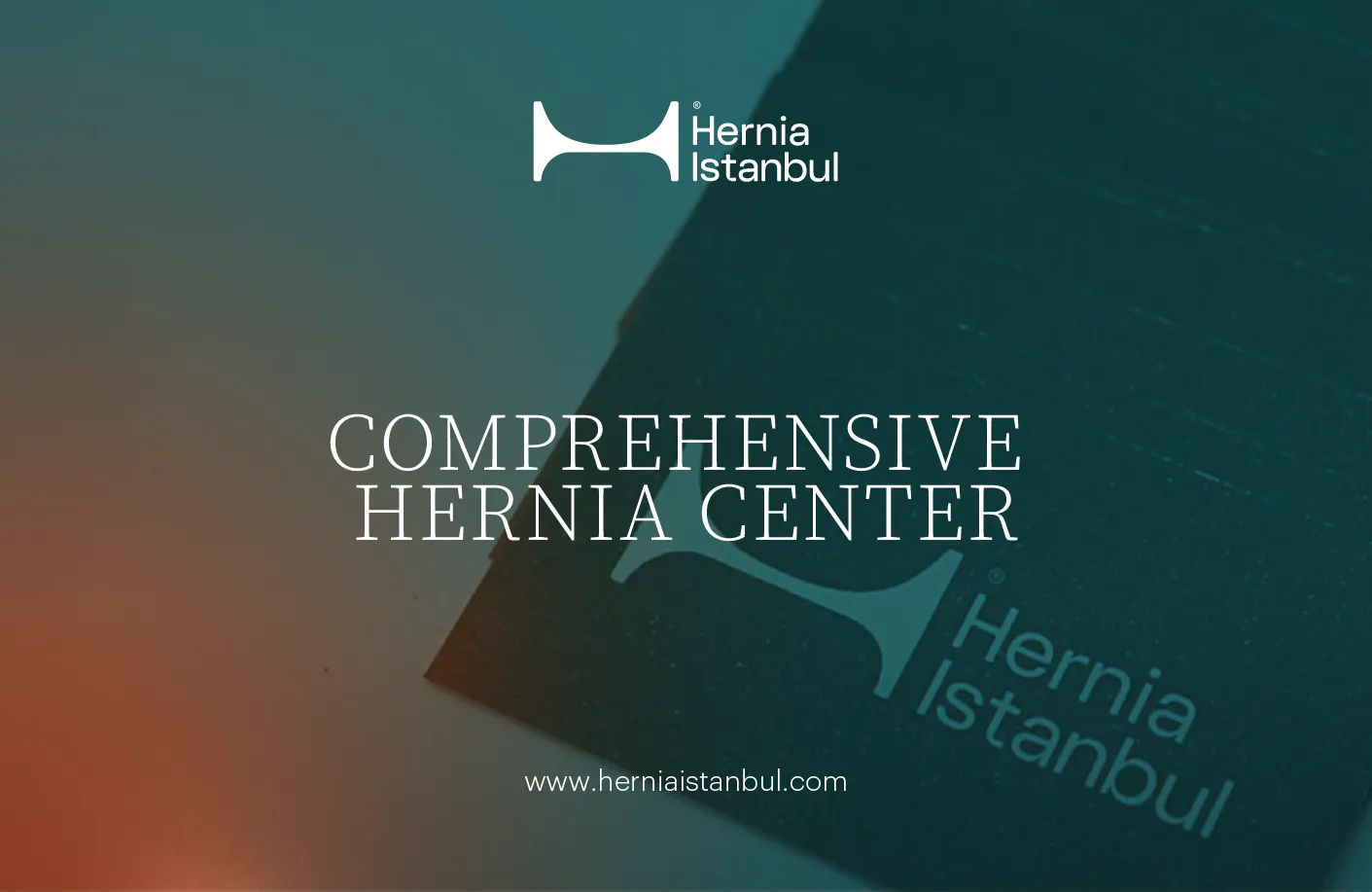
13 Sep 2018 Comparison of Open & Keyhole Techniques in Hernia Surgery
Posted at 14:38h
in General
In hernia repair, there are traditional open surgery methods and laparoscopic hernia repair methods as known as keyhole surgery. Both ways provide satisfactory results and have superiorities and weaknesses against each other.
If we compare both methods :
- Open techniques are the most commonly used worldwide and it differs between the surgeons. Keyhole surgery techniques are used lesser and they require further education for surgeons.
- Open groin hernia techniques can be done with local anesthesia in appropriate patients. Keyhole surgery techniques always require general anesthesia.
- In the open technique, the inguinal hernia is repaired in front of the weak region and muscles. In the keyhole surgery; It is repaired from the inside, behind the muscles and the weak area.
- Open hernia surgery can be done with standard surgical instruments, but keyhole surgery demands improved infrastructure and equipment.
- With both techniques, recurrence rates are 0,5-3% in specialists, but in general, recurrence rates are 3-7% for open repairs and 7-14% for keyhole surgery repairs.
- While simple tests might be sufficient before open surgery, more detailed tests might be needed for keyhole surgery.
- In the open technique, a 5-7 cm cut is made transversally in the groin, whereas in the keyhole technique, a cut of just 1 cm below the abdomen and another 5 mm at the lower abdomen is enough.
- Regarding postoperative pain, in the keyhole technique, postoperative pain is less than open techniques.
- Patients who underwent open repair can return to work between 7-15 days, while those with keyhole repair returns a little shorter time (5-7 days).
- The cost of open techniques is lower than the keyhole surgery techniques due to the additional technological tools used.
- In open and keyhole techniques, the duration of the operation varies between 15-35 minutes and between 25-60 minutes, respectively.
- By open techniques; large hernias can be repaired, but sometimes with keyhole techniques, it is not possible to repair.
The patient should be examined and, if necessary, radiological imaging should be done. After that, the selection of the appropriate surgical technique should be discussed with the patient.